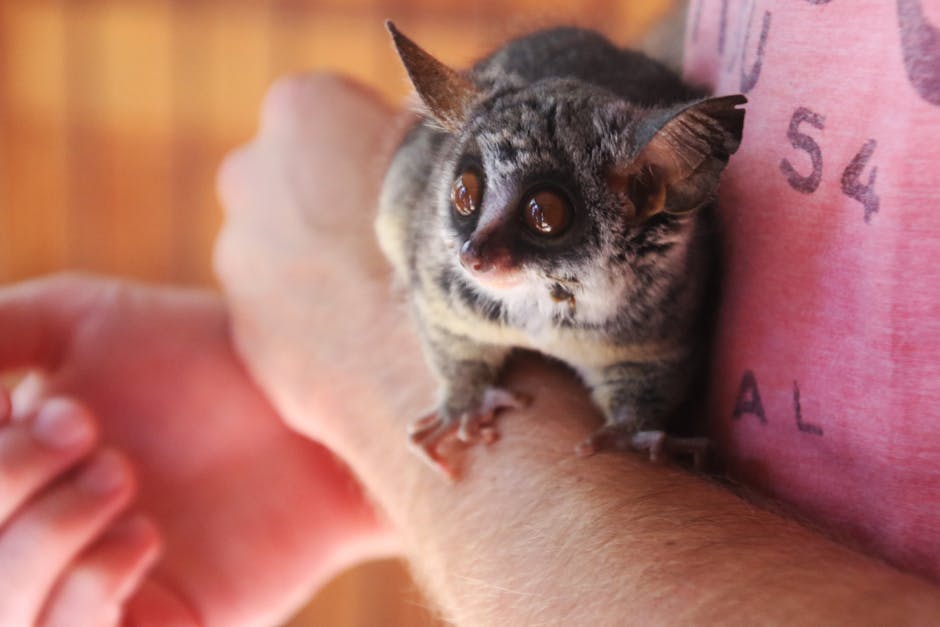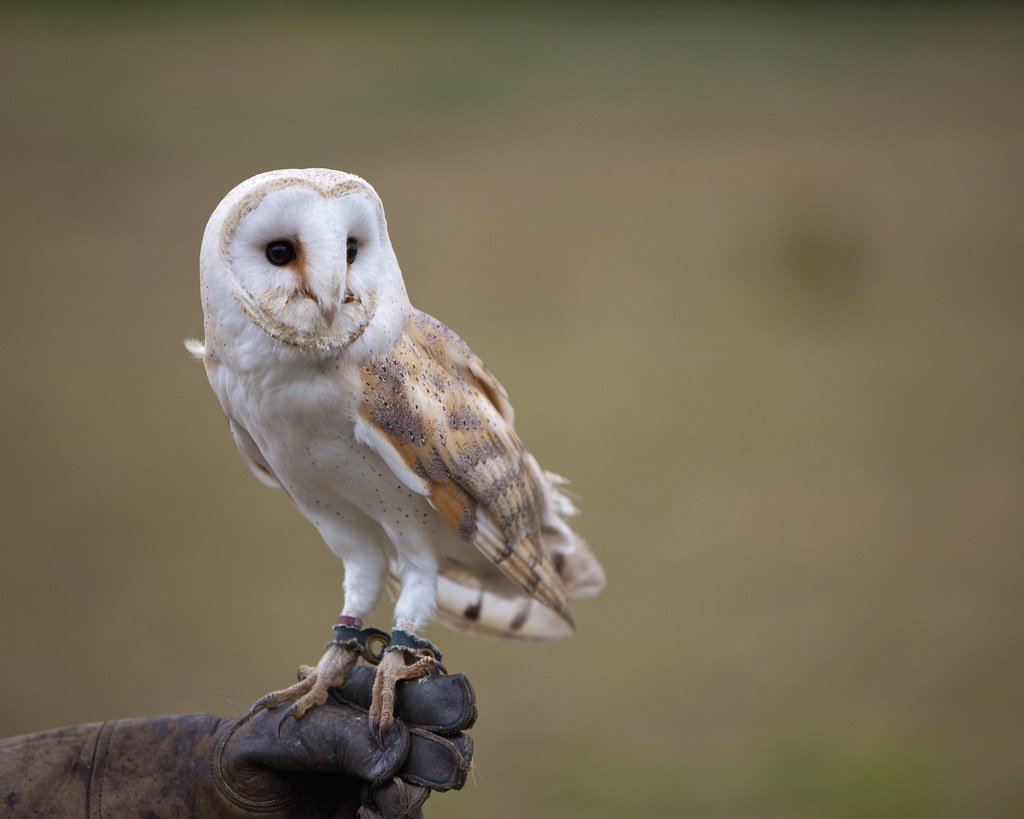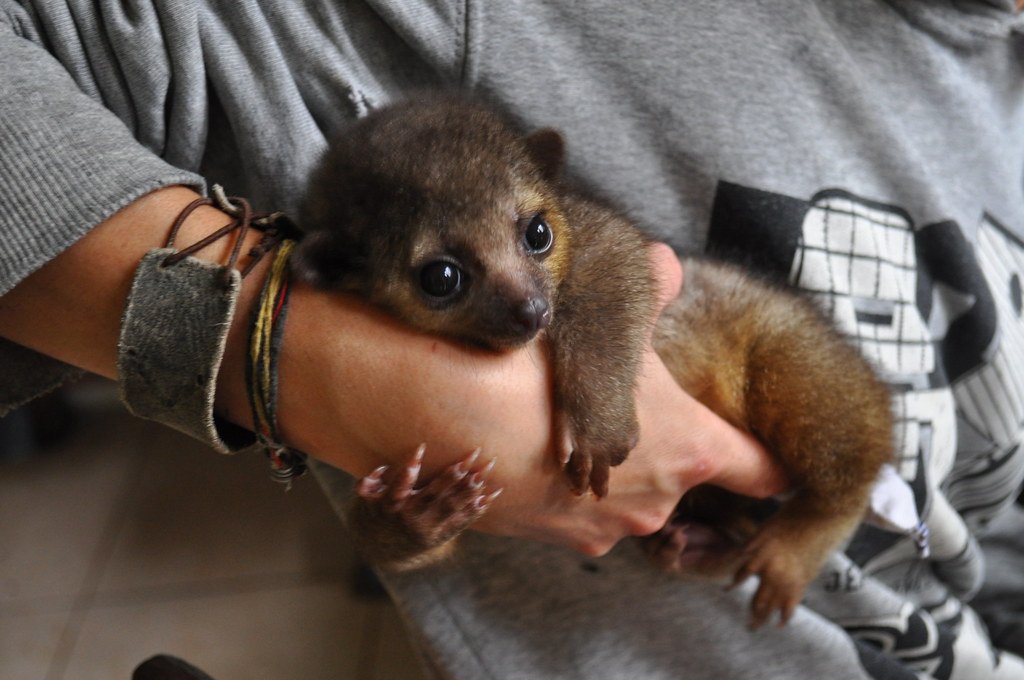The night is a mysterious time, shrouded in shadows and whispers. As the sun sets, the world transforms into an enigmatic realm where certain creatures come alive. These nocturnal animals often move silently through the night, their behaviors and appearances sometimes leading to mistaken identities. In the darkness, an owl’s call might be mistaken for a haunting echo, or the rustling of leaves might be attributed to the wind rather than a stealthy predator. Let’s explore ten nocturnal animals that might surprise you with their hidden identities and fascinating adaptations.
The Elusive Owl: More Than Just a Hoot

Owls, with their haunting calls and silent flight, are often the symbolic harbingers of the night. Their large eyes, fixed in their sockets, give them an intense and almost mystical appearance. Many people mistake the eerie sounds they make for ghostly voices, especially in folklore-rich regions. Owls have specialized feathers that allow them to fly silently, a trait that aids in their stealthy hunting. Their heads can rotate up to 270 degrees, allowing them to spot prey without moving their bodies. This incredible adaptation is often mistaken for supernatural abilities.
The Stealthy Bat: Masters of Echolocation

Bats, often associated with myths and legends, are nocturnal creatures that navigate the night sky with precision. Many people mistake bats for birds due to their wings, but bats are mammals. Their ability to use echolocation is remarkable, allowing them to hunt insects with deadly accuracy. The sound waves they emit bounce off objects and return to their sensitive ears, painting a sonic map of their surroundings. This ability often leads to misconceptions about them being blind, which is far from the truth. Bats can see quite well, and their echolocation is an additional skill that sets them apart.
The Mysterious Aye-Aye: Nature’s Nighttime Forager

The aye-aye, native to Madagascar, is one of the strangest nocturnal primates. With its elongated middle finger, it taps on tree bark to locate insects, a method called percussive foraging. Many who encounter this creature are baffled by its appearance, often mistaking it for a rodent or even a mythical creature. Its large eyes and bushy tail add to its unusual look, making it a creature often shrouded in mystery. The aye-aye’s unique adaptations have earned it a special place in the world of nocturnal animals, despite its sometimes eerie reputation.
The Silent Barn Owl: Ghostly in Flight

Barn owls, with their heart-shaped faces and ghostly white plumage, have long been associated with the supernatural. Their silent flight makes them skillful hunters, and many people mistake their presence for spirits or apparitions. The barn owl’s keen sense of hearing allows it to detect even the faintest of noises, making it a formidable predator. Their calls, often described as eerie screams, can send chills down one’s spine. Despite these unsettling traits, barn owls play a crucial role in controlling rodent populations.
The Secretive Civet: Nighttime Aroma Maker

Civets are nocturnal carnivores known for producing a musky scent used in perfumery. Often mistaken for cats due to their feline appearance, civets have a unique role in ecosystems. They are solitary creatures, and their nocturnal habits make them elusive to humans. Civets are known to feed on fruits, small animals, and insects, contributing to seed dispersal in their habitats. Their secretive nature and distinctive scent often lead to myths and legends about their true identity, but they remain an integral part of the nocturnal world.
The Enigmatic Nightjar: Masters of Camouflage

Nightjars are masters of disguise, blending seamlessly into their surroundings with their mottled plumage. These birds are often mistaken for fallen leaves or branches during the day, as they rest motionless on the ground. At night, they take to the skies, their soft calls echoing under the moonlight. Nightjars have wide mouths that aid in catching insects mid-flight, a skill that often goes unnoticed due to their cryptic nature. Their ability to remain unseen during the day has earned them a reputation as mysterious and elusive creatures.
The Peculiar Tarsier: Tiny Nocturnal Acrobat

Tarsiers are small primates with enormous eyes, perfectly adapted for a nocturnal lifestyle. Their eyes are so large that they cannot move them within their sockets, so they turn their heads to look around, much like an owl. These tiny creatures are often mistaken for miniature monkeys or even aliens due to their unusual appearance. Tarsiers are skilled jumpers, using their powerful hind legs to leap between branches in search of insects. Their nocturnal habits and unique adaptations make them fascinating, albeit puzzling, inhabitants of the night.
The Cunning Raccoon: Nighttime Masked Bandit

Raccoons, often seen as the masked bandits of the animal world, are highly adaptable nocturnal creatures. Their dexterous paws and keen intelligence allow them to open containers and access food in urban environments. Many people mistake raccoons for cats or dogs due to their size and fur patterns. Raccoons are known for their curiosity and problem-solving abilities, which often lead them into human territories. Their nocturnal foraging habits make them a common sight in suburban areas, where they can be both a nuisance and a marvel.
The Odd Kinkajou: Nighttime Nectar Lover

Kinkajous, also known as “honey bears,” are nocturnal mammals found in Central and South America. They are often mistaken for monkeys due to their playful nature and arboreal lifestyle. Kinkajous have long, prehensile tails that they use to balance and grasp branches as they move through the canopy. Their diet consists mainly of fruit and nectar, which they access with their long tongues. Kinkajous’ nocturnal habits and endearing appearance make them captivating creatures of the night, often misunderstood due to their rarity in the wild.
The Mysterious Tasmanian Devil: Nighttime Scavenger

Tasmanian devils, native to Tasmania, are nocturnal marsupials known for their feisty disposition and loud screeches. Often mistaken for small bears or wild dogs, their appearance and behavior can be quite intimidating. Despite their fearsome reputation, Tasmanian devils play a crucial role as scavengers, helping to keep their ecosystems clean. They have powerful jaws capable of crushing bones, a trait that aids in their scavenging lifestyle. These animals are an essential part of the nighttime landscape, and their unique characteristics continue to intrigue and fascinate those who study them.
In the shadows of the night, these ten creatures reveal a world of wonders that often go unnoticed. Their nocturnal adaptations and behaviors offer a glimpse into the diverse and complex tapestry of life that thrives under the cover of darkness. As we continue to explore and understand these fascinating animals, we are reminded of the beauty and mystery that the natural world holds.




